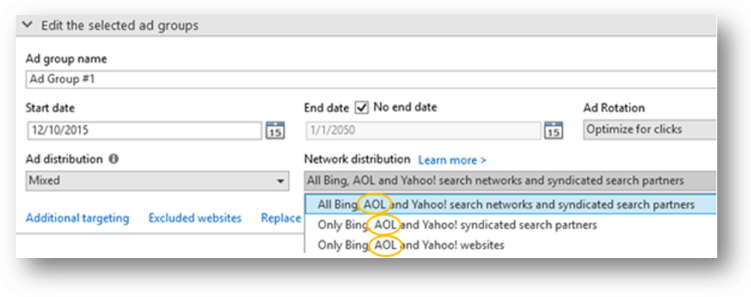3 SEA Tips To Win Business With Local Search
The behavior of customers has completely changed making local search relevant and on the map. More and more consumers realize the ease and opportunity of online search and purchase due to restrictions on movement in the pandemic times. Individuals want a tailored search view with results that are relevant to where they are at that very moment. This is where search engine advertising, or SEA, comes into play.
To win over those customers and create conversion opportunities, your location-specific ads must be at the top of the search engine results page; it’s a competitive imperative.
Here are three SEA tips every marketer needs to win local marketing with paid search.
1) Don’t rely on just one search engine
Location targeting — through Google Ads, for example — marks a huge revolution for advertisers and marketers. It enables them to maximize their PPC by targeting ads to specific areas.
Despite this being a very helpful tool, there are still significant blindspots. The data provided by Google Ads and others isn’t as detailed as necessary when it comes to things such as monitor competitor strategies or uncover opportunities that may crop up. Advertisers and marketers need to keep this in mind when gathering data on all different kinds of search engines in order to make their strategies effective and dynamic. For advertisers to juggle national, state, and local demand is almost impossible to accomplish manually or without the right data. Which is why AI is crucial to success when it comes to succeeding in the local search market.
2) Customize your local SEA ads
Ad customization by location is becoming increasingly more popular, and makes you that much more relevant to the customer. For example, 72% of desktop or tablet users and 67% of smartphone users want ads customized to their location. Additionally, 82% of smartphone users search for businesses near them; 90% click on the first set of results they see.
One of the main parts to local search marketing is customizing the ad to each location with messaging and strategy. Follow these five steps from Search Engine Land to creating click-winning location-based ads:
- Be there: Know where your products and services are most needed.
- Be relevant: Is your ad creative relevant and specific? Are you appearing at the right time?
- Be useful: Don’t be generic in your copy and CTAs. Each work must express your services and answer your questions.
- Be quick: Any delay in response to market and competitor shifts will set you back, no matter your size.
- Be top: Target the most relevant search terms in location. The closer you are to number one the greater the likelihood of a click.
3) Stay relevant with the Google updates
Keeping track of the multitude of updates Google is no easy feat. Google makes every month across its Shopping, PPC and SEO offerings. Difficulty is not the only complication, there is also a real necessity to remain ‘in the know’ about these updates. This is because, as search engine markets continuously show, even one missed update can dramatically and quickly send you spiraling down from position one.
More from Onimod Global
Onimod Global is looking forward to the future and helping your business reach your full digital potential. Interested in growing your digital presence for your company? Reach out to us here!
Onimod Global releases the latest digital marketing news and essential marketing tips every Tuesday and Thursday! To catch up on the top digital marketing news and trends, click here. To find out more about who we are and what we do, click here.




